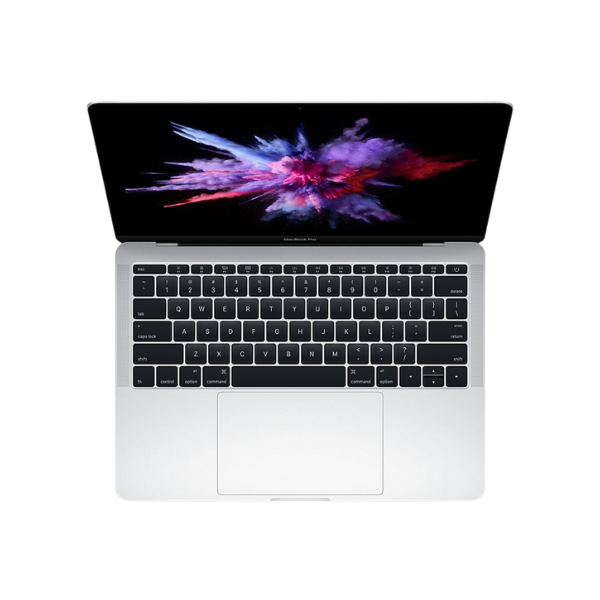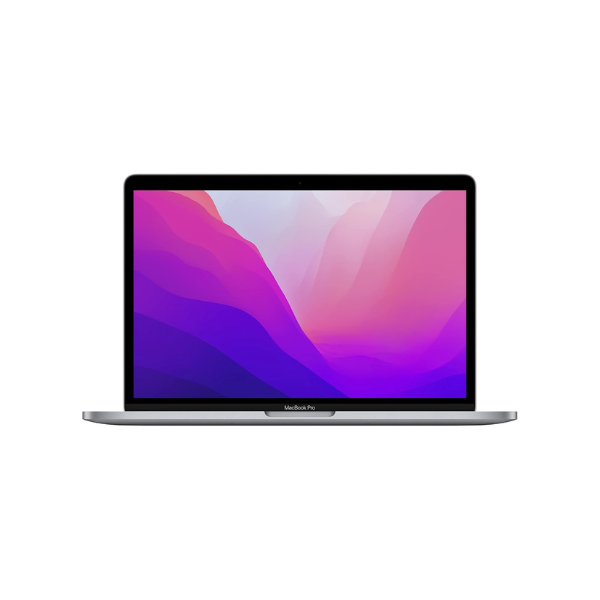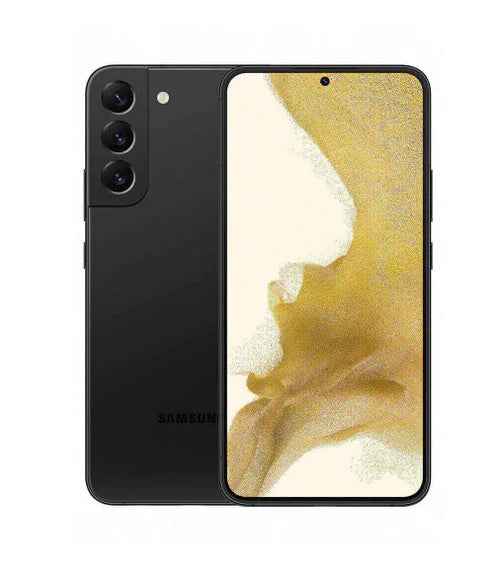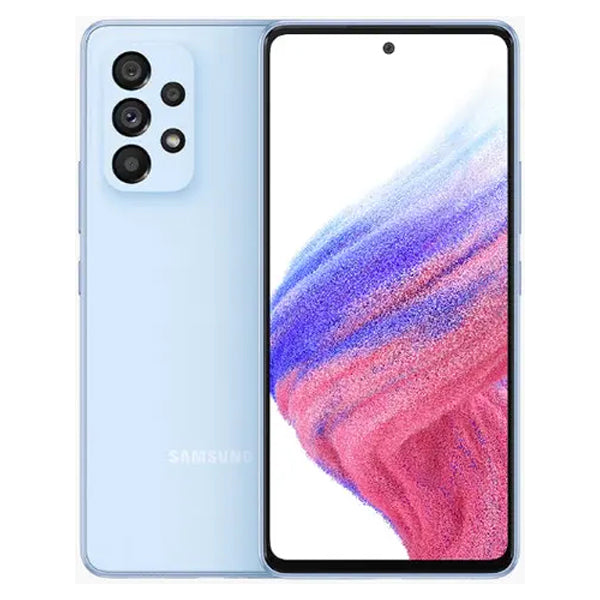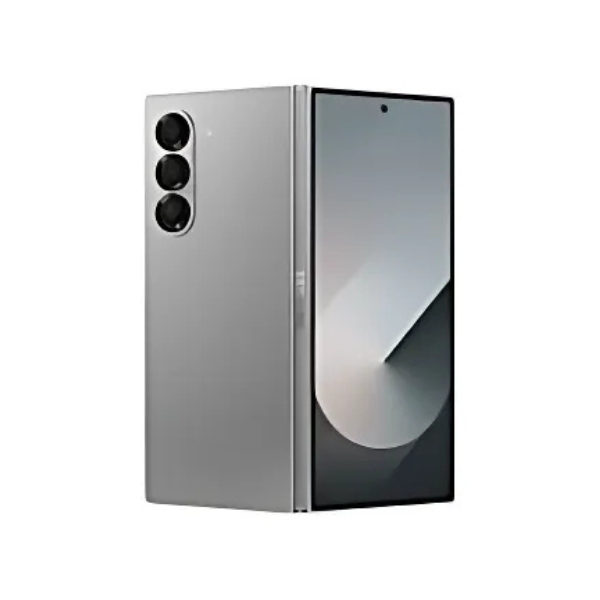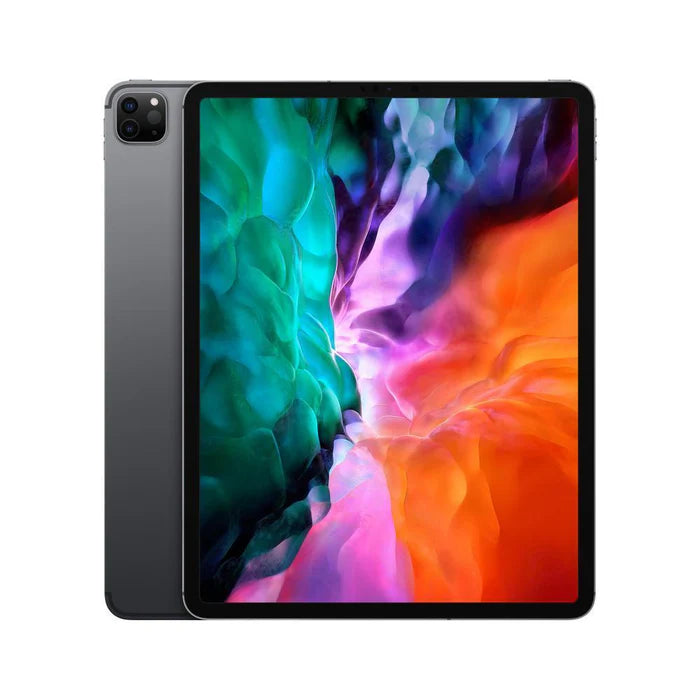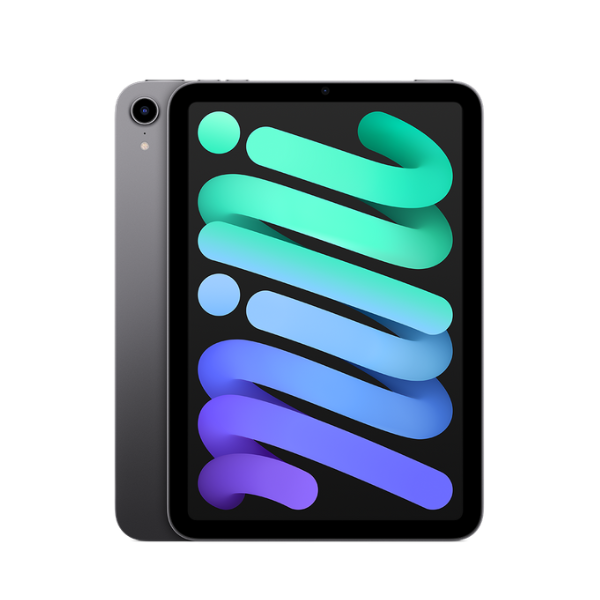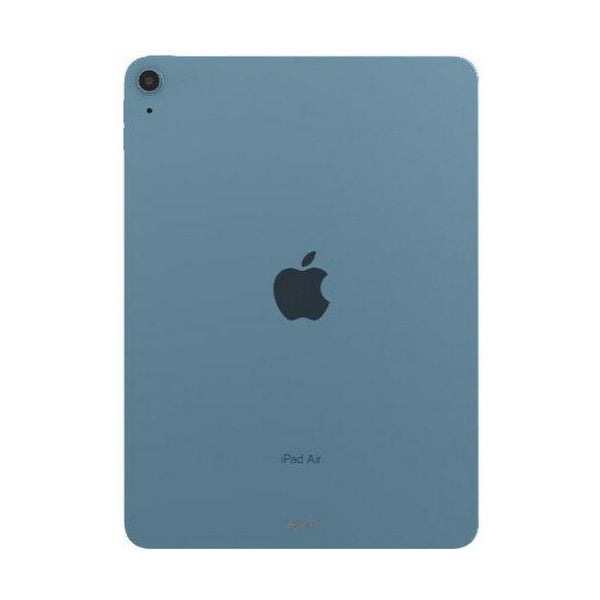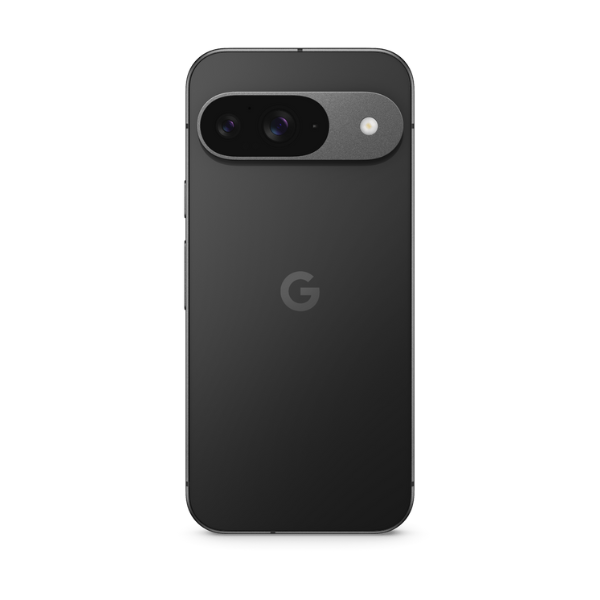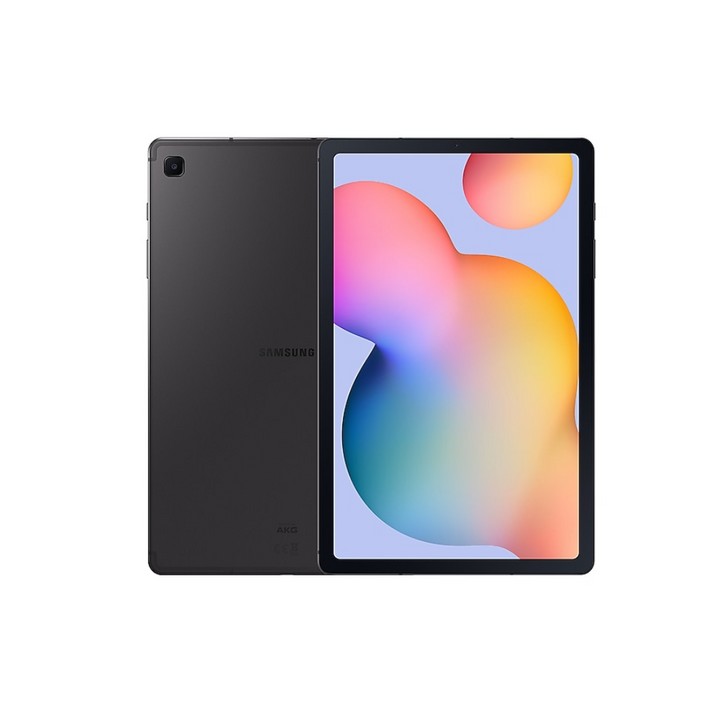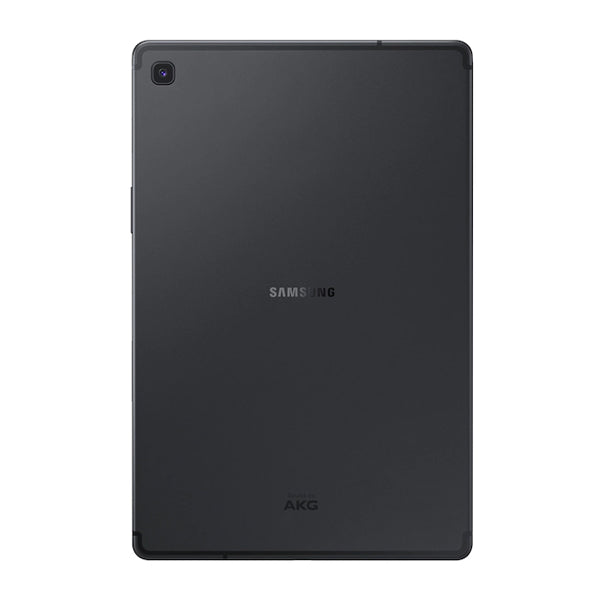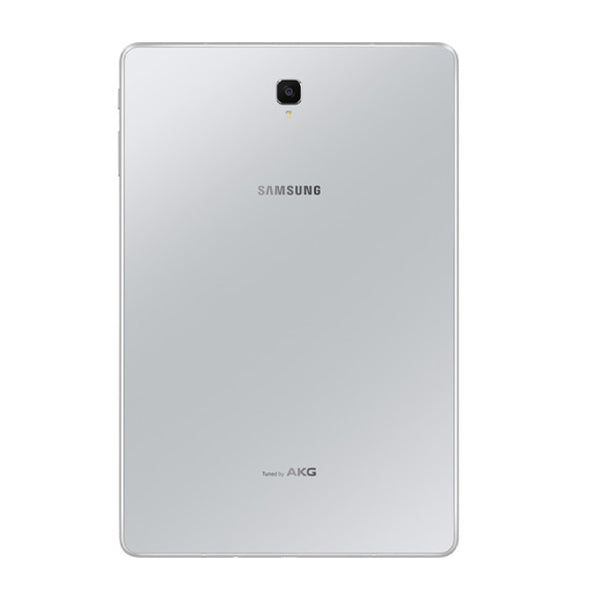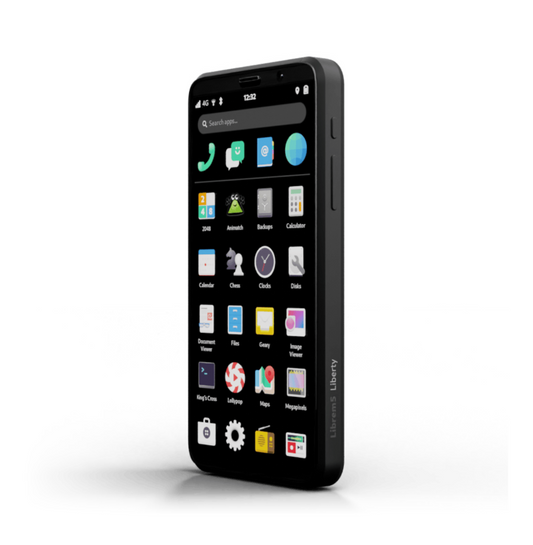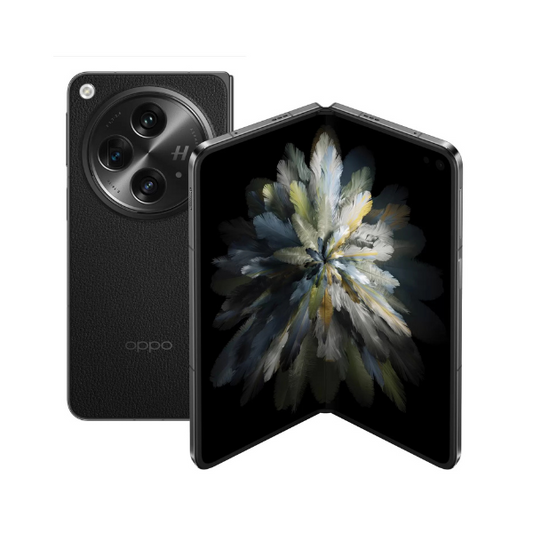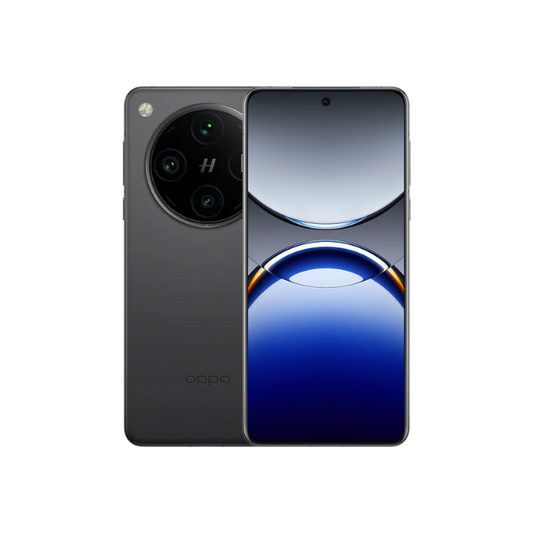Have you ever desired for your phone to charge effortlessly and without the inconvenience of cords getting tangled up? Wireless charging has made that dream come true. This amazing technology has become extremely popular worldwide, offering great convenience and simplicity for people who use smartphones. In this blog post, we will delve into the captivating realm of wireless charging and uncover the reasons why this revolutionary technology is essential for anyone who loves technology. Come and explore the fascinating world of wireless charging with us as we discover the numerous advantages that come with this convenient innovation.
Overview of Wireless Charging
Wireless charging is an amazing technology that allows you to charge your device without the need for any wires. It is a highly convenient solution for individuals who frequently need to remember to charge their phone or dislike dealing with tangled cables.
Wireless charging is made possible by utilizing magnetic induction technology. The process of charging involves a pad or stand that creates a special field, which is then received by the device's built-in receiver. This process of energy transfer charges the battery of your device, restoring its power without the need for any cables.
It's important to remember that wireless charging still needs a power source. So, even though your device doesn't need to be connected to a cord, the charging pad still has to be plugged into an outlet. However, despite this minor consideration, the ease and practicality of wireless charging cannot be denied. Place your device on the charging pad and continue with your day. It's as easy as that.
The great news is that wireless charging is becoming more and more available. Several modern devices now come with built-in wireless charging features, including the newest models of iPhones and Android phones. Additionally, there are companies such as ROKFORM that provide cases compatible with wireless charging. These cases offer added protection and convenience. Due to its user-friendly and hassle-free technology, it is not surprising that wireless charging is increasingly becoming the standard for contemporary devices.
The Technology Behind Wireless Charging
In recent years, wireless charging has gained popularity as an increasingly common feature in various gadgets. Wireless charging operates by generating an electromagnetic field that allows the transfer of electric current from the charging pad to your device, using airwaves as the medium. The receiver coil in the back of your phone picks up the waves and converts them into electricity that can be used. The flow of electricity is then utilized to replenish the battery of the smartphone.
Check Out: How to Format SD Card on Mac: Step-By-Step Guide {2023}
In-depth Explanation of the Two Main Wireless Charging Standards
Currently, there are two commonly used wireless charging standards: the Qi standard and the PMA standard. Both of these devices utilize the same method of charging, known as inductive charging. However, the primary distinction between them lies in the varying amounts of wavelength employed by each device.
1) PMA Wireless Charging - Power Matters Alliance Standard
The PMA wireless charging standard was developed by an organization called the Power Matters Alliance (PMA). It operates within the frequency range of 277-357 kilohertz. This particular standard is utilized for a wide range of devices, including smartphones, smartwatches, and tablets.
PMA wireless chargers are available as charging pads, similar to Qi wireless chargers. To utilize the PMA wireless charger, position your device on the charging pad. The charging pad uses a transmitter to generate a magnetic field. This magnetic field then transfers energy to the receiver coil inside your device, allowing it to charge. Afterward, this energy is transformed into electrical energy, which is used to charge the battery in your device.
2) Qi Wireless Charging - Wireless Power Consortium Standard
The Qi wireless charging standard was created by a group called the Wireless Power Consortium (WPC). Among the two options, this wireless charging standard is the most widely used and preferred by many people. The Qi wireless charging method uses a frequency band of 100-205 kHz, which is lower than the frequency band used by the PMA wireless charging standard.
In order to utilize Qi wireless charging, you will require a Qi wireless charger and a device that is compatible with Qi technology. The majority of current smartphones, such as Apple's iPhone and Samsung's Galaxy, have Qi technology built-in. To charge your device, place it on the Qi charging pad. The charger will use electromagnetic induction to transfer energy to the receiver coil in your device.
Key Differences between PMA and Qi Wireless Charging Standards
The primary distinction between the PMA and Qi wireless charging standards lies in the frequency bandwidth employed. The PMA standard operates at a higher frequency range of 277-357 kHz, while the Qi standard operates at a lower frequency range of 100-205 kHz.
One more distinction between the two standards lies in their marketing and usage approaches. The Qi standard is widely accepted and commonly used. It can be found in many different types of devices, such as smartphones, smartwatches, and other gadgets, which makes it easy for a lot of people to use. However, PMA is less widely known and is primarily utilized in certain types of devices.
By gaining a clear understanding of how the two different wireless charging standards operate, you can make well-informed decisions about which standard is most suitable for your specific needs.
Check Out: Top 10 Best Portable Chargers for iPhone in 2023
Inductive and Resonant Charging
Both tightly-coupled inductive and loosely-coupled resonant charging work are based on the same principle of physics. This principle states that when a magnetic field changes over time, it can create an electric current in a loop of wire that is closed. A special type of antenna called a magnetic loop antenna, made of copper coil, is used to generate a moving magnetic field.
This magnetic field can induce an electric current in one or more receiving antennas. When the right amount of capacitance is added, the loops will resonate at the same frequency. That causes an increase in the amount of current induced in the receivers. Resonant inductive charging, also known as magnetic resonance, allows power to be transmitted over longer distances between a transmitter and receiver, resulting in improved efficiency.
The size of the coil also plays a role in determining the distance over which power can be transferred. When the coil is larger or has more coils, the charge can travel a longer distance. When it comes to wireless charging pads for smartphones, the copper coils used are relatively small, which greatly restricts the distance over which power can be efficiently transmitted.
Wireless Charging in Action
When you place your smartphone on a wireless charging pad or magnetic power bank, your phone will show that it is being charged. You will see that the battery icon on your phone changes from its usual appearance to a battery with a bolt in the middle. That indicates that your phone is currently being charged. Certain mobile phones feature a visually appealing graphic that is displayed when the device is being charged.
The introduction of wireless charging has greatly simplified and enhanced the process of charging our devices. Now, we no longer need to worry about carrying additional cables and adapters, as charging can be done effortlessly. Although the concept of charging devices wirelessly from a distance holds great promise, the most commonly known form of wireless charging has been through the use of charging pads. With the continuous advancement of technology, we anticipate witnessing further progress and utilization of wireless charging across different sectors.

Check Out: Guide About Refurbished Samsung Smartwatches
How Fast Is Wireless Charging?
In the past few years, wireless charging has gained popularity as a convenient way to charge devices. Many devices now offer this option for charging. How does the speed of wireless charging compare to charging your device with a cable?
Most devices have a maximum charging speed of 10 watts. However, there are fast charge adapters available that can provide anywhere from 10 to 65 watts of power using Quick Charge technology and the Qi standard. Although wireless charging is slower than traditional charging methods, it still provides a convenient and efficient way to charge your device.
The rate at which wireless charging occurs is primarily influenced by factors like the way it is designed and the materials that are utilized. However, technology has made significant progress since the early days of wireless charging, when phone cases were used to disrupt the charging process.
Nowadays, there are wireless fast chargers available, such as the ones offered by Case-Mate, that can provide up to 15 watts of power. That allows them to be just as effective as the traditional wired charging methods.
Wireless charging may be slower than charging your device with a cable. However, it still provides a convenient option for charging while on the move or in situations where cables are not readily available.
As technology keeps advancing, wireless charging will keep getting faster and more efficient. That means that it will become a more practical choice for charging devices.

What Phones Have Wireless Charging?
If you ever need to bring a charging cable, consider purchasing a phone that can charge wirelessly. Here is a list of smartphones that support wireless charging!
Let's start with iPhones. Beginning with the iPhone 8, each subsequent iPhone model can charge wirelessly without the need for additional accessories. However, if you are currently using an older version of the iPhone, there is no need to worry. You have the option to buy a wireless charging adapter that works with iPhones from the 5s to the 7 Plus.
Additionally, we offer a variety of Android smartphones that are compatible with built-in wireless charging capabilities. Some of the popular smartphone brands are Samsung Galaxy, Sony Xperia, LG Optimus G Pro, Nokia Lumia, and Motorola Moto.
Advantages of Wireless Charging
Wireless charging is becoming increasingly popular in the world of technology for various reasons. Wireless charging offers several benefits that make it a popular option among tech enthusiasts.
1) Easy and Hassle-Free:
Wireless charging eliminates the need to connect your device with a cable, making it more convenient for you. Place it on a charging pad, and there you have it! The device is currently being charged.
2) Less Cords:
Bid farewell to the inconvenience of searching for the correct cable when you require to charge your device. Wireless charging eliminates the need for cords, ensuring a tidy and organized workspace.
3) Enhanced Safety:
Conventional chargers necessitate frequent plugging and unplugging of your device, which can result in damage to the charging port over time. Wireless charging eliminates the need for constantly plugging and unplugging your device, which can prevent potential damage to your charging port.
4) Long-Lasting:
Cords and cables may need to be more sturdy and can deteriorate rapidly. Wireless charging technology allows you to charge your devices without the hassle of cords, preventing issues like frayed cords or damaged connectors.
5) Efficient:
Wireless charging is a more environmentally friendly choice compared to conventional charging methods. Wireless charging allows you to conveniently charge your device while using less energy, making it a more environmentally friendly option.
Disadvantages
While wireless charging is a convenient and popular method for keeping your devices powered, it's important to be aware of a few potential drawbacks. Here are a few important things to keep in mind when it comes to wireless charging:
1) Reduced Charging Speed:
A potential downside of wireless charging is that it may take longer to charge compared to traditional wired charging methods. Wirelessly transferring energy is less efficient than using a cable, which can lead to slower charging of devices.
2) Limited Usage:
Certain wireless chargers may limit your ability to use the device while it is being charged. That happens because the charging pad needs to be very close to the phone, which can sometimes make it challenging to use the device as usual. It can be unpleasant if you have to use your device while it's being charged.
3) High Cost:
Wireless charging pads usually have a higher price compared to regular wired chargers. The increase in costs can be attributed in part to the additional technology required for wireless energy transfer.
4) Overheating:
Wireless charging has the potential to generate more heat compared to traditional wired charging. This increased heat can potentially harm your device if it becomes excessively hot. The reason for this is that wireless charging works by transferring energy using electromagnetic radiation, which can create more heat compared to using a cable.
5) Compatibility Issues:
Compatibility concerns may arise when using wireless charging with certain materials and thicker phone cases. These factors can potentially restrict the effectiveness of this charging method. For instance, there are phone cases that may require compatibility with specific wireless chargers. That can be less pleasant if you frequently need to charge your device.
Do Phone Cases Interfere With Wireless Charging?
Although wireless charging is convenient, it does require the phone and the charging pad to be aligned and in contact with each other. Sometimes, a phone case might make it difficult for wireless charging to work properly if it is too thick or made from specific materials. Here are a few points to keep in mind:
1) Bulky Cases Are Getting Better:
Several thicker cases are designed to be compatible with wireless charging. Companies like Case-Mate provide a range of durable phone cases, including the Pelican series, which seamlessly supports wireless charging without any problems.
2) Plastic Over Aluminum Cases:
Phone cases made of plastic are better than those made of aluminum or metal because the latter can interfere with the charging process. It is recommended to select a case made of plastic or a case that features a plastic layer on the back.
3) MagSafe Phone Cases:
Phones that are compatible with MagSafe, such as the iPhone 12 and 13 series, have magnets that securely attach to the charging pad, preventing your phone from accidentally moving or falling off. MagSafe phone cases can enhance the charging speed when used with a wireless charger that supports Qi technology.
What Can You Do to Maximize Wireless Charging With a Phone Case?
It is recommended to follow these steps to enhance your wireless charging experience with a phone case:
1) Select a Suitable Phone Case:
If you plan to use a phone case, ensure that it is capable of being used with wireless charging. If you require further clarification, visit the manufacturer's website or reach out to a customer service representative for assistance.
2) Remove Metal Objects:
Please make sure to take out any metal items from your case, such as credit cards or keys, as they may disrupt wireless charging. Please remember to remove them from your case before charging.
3) Proper Alignment:
Please make sure to position your phone correctly on the charging pad for optimal charging performance.

Check Out: How to Make Your Phone Charge Faster: Best Tips & Tricks
Difference Between Wireless and Wired Charging
Wireless charging and cable charging are two different ways to charge your device. Although wireless charging may offer a more convenient and tangle-free experience, it's important to be aware of the distinctions between the two methods. Here are a few important things to keep in mind:
1) No Cords on the Phone:
One of the great benefits of wireless charging is that you can avoid the hassle of dealing with tangled or damaged cords on your phone. Wireless charging allows you to conveniently place your phone on the charger and let it charge without any hassle.
The charger still has a cord, But it's important to keep in mind that while your phone doesn't need a cord, the charger itself still does. That means that you will need to have an electrical outlet nearby in order to use the charger, as it can only function when it is plugged in.
2) Enhanced Safety:
Wireless charging offers a more secure way to connect devices as it eliminates the risk of loose or damaged physical connections. That helps to lower the chances of electrical dangers and ensures a more reliable and secure charging process.
3) Can’t Move or Use the Phone While Charging:
One drawback of wireless charging is that you are unable to use or move your phone while it is being charged. That is not the same as wired charging, which allows you to use your device while it is being charged.
4) Charging at a Slower Rate:
Wireless charging typically takes more time compared to charging with a cable. The reason for this is that wireless charging relies on electromagnetic fields to transmit power, which is less efficient than a direct electrical connection.
5) No Risk of Overcharging:
One of the benefits of wireless charging is that it eliminates the possibility of overcharging your device. Wireless charging technology has a convenient feature where the charger will automatically stop charging your device once it reaches full battery capacity.
6) Higher-Priced Charger:
Wireless charging technology is a relatively recent development, which is why it tends to be more costly compared to traditional chargers that use wires. As more companies start using this technology, it is anticipated that the prices will decrease.
Although wireless charging may be challenging, it is certainly a convenient, secure, and comfortable way to charge your devices.
Can I Charge My Phone Overnight?
Certainly yes! Wireless charging pads are designed to safely and gradually charge your phone's battery, ensuring it stays at an optimal level without the risk of overcharging. While traditional cable chargers are generally acceptable, it is important to note that older phones with batteries that are not optimally functioning may encounter minor issues with overheating.
Can I Get Wireless Charging in My Car?
Several car companies offer wireless charging in specific models, although it may require some updates and is typically available in higher-end models within their lineup. Some of the manufacturers that use it are Audi (along with the other companies in the WV group), BMW, Ford, Honda, Mercedes-Benz, Peugeot, Toyota, and Volvo.

Get Exceptional Tech Accessories From Roobotech in Australia
Are you in search of trustworthy and reasonably priced tech accessories that can improve the functionality of your device? You don't need to search any longer because Roobotech is the perfect solution for you! This company, based in Australia, provides a variety of high-quality accessories that are designed to enhance your technology experience.
Roobotech provides a wide range of accessories for your electronic devices. They have Chargers, Covers, Headphones, Screen Protectors, Cables, Holders, Adapters, & Portable Hard drives. If you need accessories to protect your device or want to improve its features, Roobotech has what you need.
However, there is more to it! Roobotech offers a wide variety of technology accessories, including refurbished smartphones, laptops, smartwatches, tablets, and other devices. You can feel confident in your purchase knowing that the company is dedicated to being environmentally friendly and making sure their customers are happy. They offer high-quality products at a great price. What makes Roobotech the ideal choice for all your technology accessory requirements? Here are a few reasons:
- High-quality guarantee
- Diverse selection.
- Sustainability
- Great prices:
If you want to enhance your device with high-quality tech accessories, Roobotech is the ideal destination. Our wide range of products, dedication to ensuring customer happiness, and unmatched affordability make us the ultimate destination for all your technology requirements!
Conclusion
Lastly, wireless chargers provide a convenient and effective method for recharging our devices. We have delved into the scientific principles behind the functioning of these chargers and the advantages they offer in our everyday routines. It's really fascinating to witness the ongoing progress in technology and the creative solutions that are being constantly developed. Wireless charging is definitely a wonderful advancement that we all appreciate for its convenience.
Frequently Asked Questions
Do all phones have the capability to be charged without using a charging cable?
The majority of modern smartphones and tablets can wirelessly charge if you have an older model smartphone that is not included in the list above.
How are wireless chargers connected?
If you have a compatible phone model, you can easily charge it wirelessly by simply placing it on a wireless charging stand or power bank. Once you place your phone in the center, the charging coils will align and establish a connection, allowing the charger to transfer power to your phone.
Are wireless chargers required to be connected to a power source?
Although certain wireless chargers have a built-in battery for portable use, eventually, all wireless chargers require a connection to a power source. The main distinction is that there is no requirement to connect your device to the charger.
Are wireless chargers more effective at charging?
If you want to increase the battery level quickly, using your trusty charger is the best option. As technology advances, both wireless and wired charging speeds are improving. Additionally, wireless charging consumes a higher amount of energy and could be more efficient.



